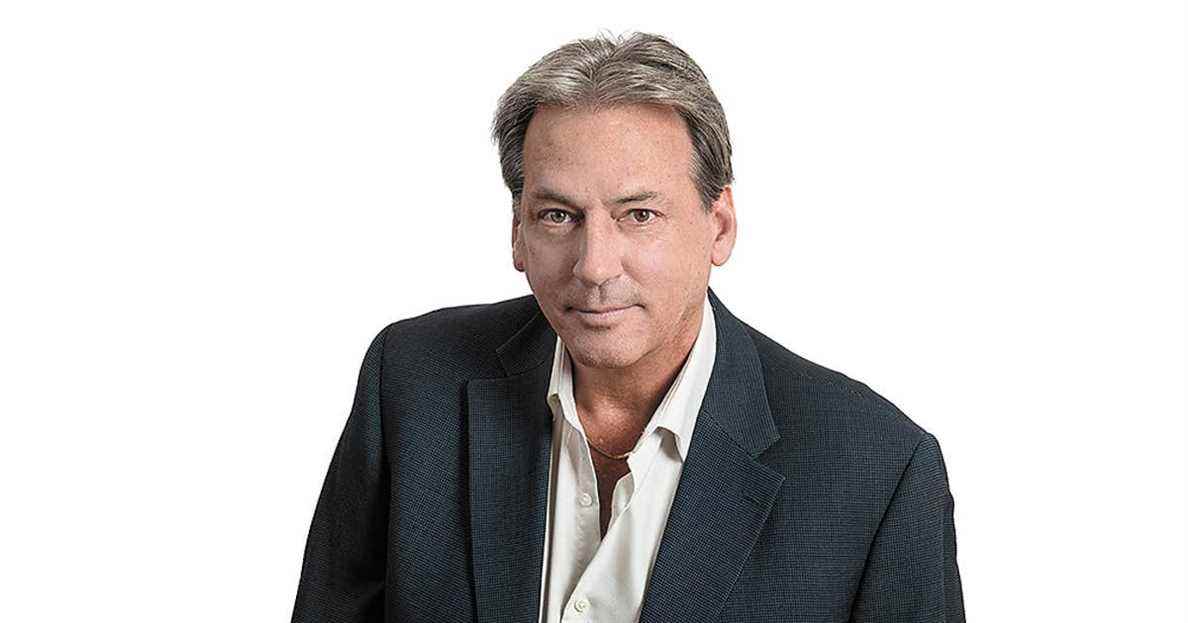Prior to its rebound in recent sessions, Wall Street was on course for its worst month since the 12.5% mini-crash of March 2020. A transition month, January served as a shift from ultra-loose monetary policy to a normalization involving monetary tightening of a severity that some are now trying to gauge.
The New York Stock Exchange ended Monday on a positive note. The S&P 500 closed up 1.9% to lower its monthly loss to 5.9% and thus move away from the -10% threshold, which signals the entry into a correction. Dominated by technology stocks that are very sensitive to interest rates, the Nasdaq, which was rocking last week towards this other threshold, that of -20%, defined as being the passage in the zone of a fundamentally bearish market (“ bear market “), gained 3.4% to reduce its monthly loss to 10.1%.
In Toronto, the S&P/TSX relied on its energy component to advance Monday by 1.7% and ended the month with a decline of only 0.6%. The benchmark price of a barrel of crude jumped 17% in January, under the amplified effect of tensions between Russia and Ukraine.
The clouds were gathering
The clouds were already gathering last year, pushed by the recklessness of stockbrokers indulging in one-upmanship based on corporate profits. Variant Delta, then Omicron, persistent inflationary pressures, bottlenecks and dysfunctional supply chains were already challenging the sustainability of a bullish momentum amplified by the speculative action of more novice investors.
January came to confirm the change of regime at the central banks undertaking the gradual interruption of their asset purchase programs, which will be followed by the gradual offloading of their balance sheets. And the warning came from a refocusing of the key rates on an upward trend which aims to attack head-on the inflationary drift, the beginning of the movement of which is expected in March. This tightening, the probable extent of which divides analysts, comes in a context of downward pressure on corporate profitability weakened by factors linked to production costs, with the rise in input prices and transport costs, as well as only by the difficulties of supply and the problem of hiring that Omicron has just inflated. There is also uncertainty stemming from geopolitical tensions fueling soaring oil prices and the evolution of the pandemic and its variants.
Yet 81% of the 172 S&P 500 companies that have released their quarterly results so far have met or exceeded expectations. But Wall Street’s benchmark index instead felt the effects in January of a lowering of the expected price-earnings ratio, from 21 to 19, associated with the rise in US Treasury yields. To illustrate the inverse relationship between the market multiple and the level of the cost of money, the evaluation firm Morningstar used the calculations of Goldman Sachs evoking an additional fall of 10% of the S&P 500 in the event that the real yield (adjusted for inflation) on 10-year US Treasury bills would increase by 60 basis points. The drop would be 15% if this real return increased by 100 points.
For their part, National Bank analysts point in the direction of the yield curve and note that the spread between ten-year US Treasury bills and three-month US Treasury bills is currently oscillating around 150 basis points, which is historically high. The past shows that as long as this spread remains above 100 basis points during a phase of the economic cycle such as the one we are currently experiencing, the stock market tends to rise despite volatility. “There has never been a fundamental bear market when the spread is above 50 points,” they add.
Regarding the potential fluctuation band, “historically, the S&P 500 index has fallen, on average, 15% (from peak to trough) over the 21 corrections in non-recessionary economic phases since 1990,” Morningstar noted. .
Everything is therefore, for the moment, a question of expectations in relation to interest rates. But with, in the background, the evolution of the pandemic and the Russian-Ukrainian conflict as well as the appearance of other potential geopolitical risks.
